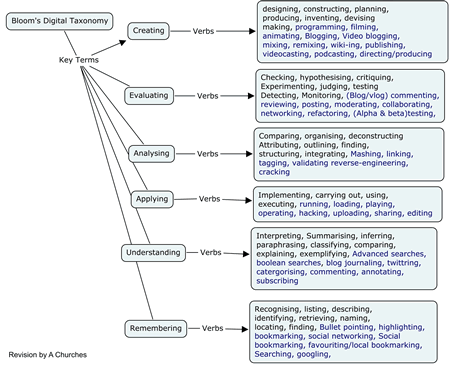Documentation:Supporting Critical Thinking Online/Promoting Critical Thinking
Promoting Critical Thinking
Bailen et al (1999) point out that the teacher's role in promoting critical thinking is best conceptualized as "furthering the initiation of students into complex critical practices that embody value commitments and require the sensitive use of a variety of intellectual resources in the exercise of good judgement."(p.14) This doesn't mean the teaching of particular skills, but rather encouraging learners to develop a practice and habits of thinking that promote:
- formulation and articulation of clear questions and problems relevant to a context.
- gathering and interpreting relevant information using examples, analogies, metaphor and illustrations to illustrate meaning.
- conclusions and solutions that are well-reasoned and tested against relevant criteria and standards.
- open minded thinking that recognizes biases, assumptions, implications and practical consequences.
- effective communication with others in working through solutions to complex problems.
Taxonomies and Critical Thinking
In the context of college or university education, we are often looking to promote what some educators call ‘higher order learning’, which is often misconstrued as critical thinking. Bloom's taxonomy of educational objectives is a widely respected approach to classifying higher order thinking skills and is often used as a basis for designing learning objectives. Recent updates to the taxonomy identify analysis, evaluation and creation as aspects of critical thinking we can promote. Yet, if we ascribe to the concept of critical thinking as a quality of thinking rather than higher or lower order cognitive task, then it becomes clear that learning tasks can be carried out in a critically thoughtful manner, just as they can be carried out in a rote, thoughtless manner - regardless of where those tasks sit in Bloom's hierarchy. This is a central point in Roland Case's Moving Critical Thinking to the Main Stage.

Recent focus on the development of digital competencies has led to some interesting work by Andrew Churches [2008]. He has categorized digital skills according to Bloom’s taxonomy, which may be very useful to instructors who are planning to incorporate new and emerging technologies into the curriculum.

"Whether or not students are thinking critically depends more on the qualities that characterize their thinking than on the specific nature or type of mental operation." (Case, 2005).
Criteria for Evaluating Content
Case suggests that teachers can engage students in thinking critically in any intellectual task involving judgment or choice among options by introducing them to criteria that they may use to evaluate the content in question. Such criteria may include attention to:
- Argument: A proposal/conclusion supported by a reason or reasons.
- Evidence: Information that supports an argument.
- Credibility: The believability of information as judged by further criteria including considerations of:
- neutrality/bias
- reputation
- corroboration
- consistency
- expertise